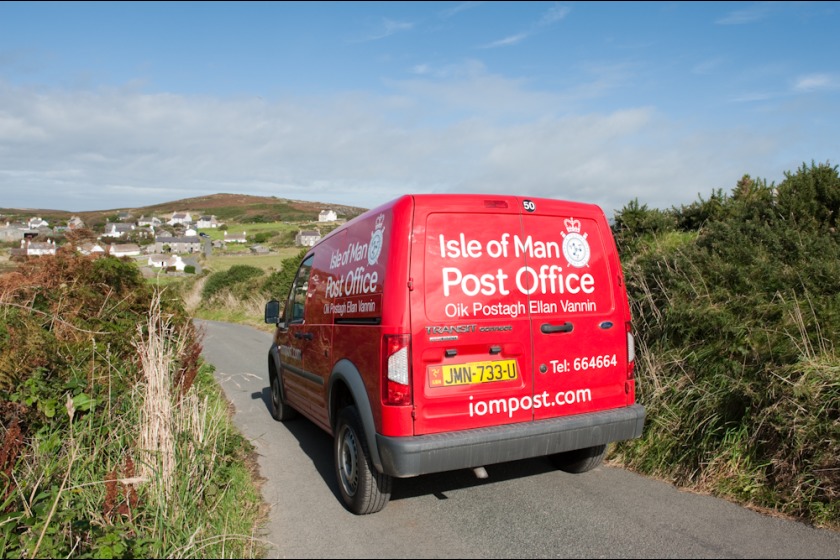


MAILPLANE VS. AIRMAIL MAC
This popular Mac email client groups your emails into different sections, like Personal and Newsletters, so you can easily screen them. Spark is for those who are constantly fed up with inboxes filled with emails. Plus, it's not updated as often as the other options on this list and lacks smart gadgets. However, Apple Mail feels a bit nostalgic and has a rigid interface that you can not customize to your liking. You can seamlessly import media from your phone and continue writing drafts that you haven't finished.
MAILPLANE VS. AIRMAIL DOWNLOAD
You do not need to download anything, learn a new system or pay for another service.Īpple Mail is an ideal email solution, if you are also an iPhone user. Best of all, Apple Mail is available on your computer. The application has a popular two-window design, spam filters and timely notifications. It provides a standard set of features, which is sufficient for most users. Apple Mail is a feature-rich and responsive inbox. Thanks to Sometimes Interesting which has a detailed list of all the arrows and towers that have been found on Google Maps, along with a more detailed history and historical maps.Macs come pre-installed with Apple's email client, simply called Mail. We’ll wrap up with a look at a few more arrows from various states. … and this one at the Winnemucca Airport in Nevada. However, a few have been rebuilt or restored by enthusiasts, such as this 16m (54′) tower in Rocky Butte Natural Area in Oregon … Only a handful of the beacon towers survived unchanged and they are sadly mostly in remote areas with low-resolution satellite imagery. One of the best arrow images available through Google Maps is this Photosphere by Austin D, also in Utah. While the majority of the concrete arrow foundations have been lost to development or overgrowth, in the more remote areas of the country they have been left largely undisturbed, and stand as a monument to the pioneering days of rapid mail delivery – such as here in Utah, where we find a twin-tail arrow. In some areas local authorities continued to operate their beacons for several years, but during WWII most of the remaining towers were torn down so the steel could be used in the war effort (and also to prevent the enemy from being able to use them for navigation). However despite the huge investment, the system was only used until 1933, when technological advances made navigation easier, and the cost of operating the beacons became unfeasible during the Great Depression. In subsequent years additional routes were added, including those from New York to Atlanta, Chicago and Dallas. Right-angle arrows such as this example in Nevada indicated changes of direction on the route.īy 1925 the initial 4,289 km (2,665 mile) beacon and emergency landing strip network was completely in place between New York and San Francisco. The arrows were originally painted bright yellow for the best visibility from the air, but the graffiti artists have long since moved in on some. The concrete foundations for the beacons were shaped like arrows (with a square centre point for the tower base) and pointed to the nearest airstrip, but sometimes provided guidance about where routes merged or split, such as this example with two heads and two tails in California. With aviation still being a relatively risky venture in the 1920s, emergency landing strips were also built every 24-32 km (15-20 miles).
MAILPLANE VS. AIRMAIL GENERATOR
Lighted beacon towers were to be placed every 8-16 km (5-10 miles) on hilltops and in valleys to provide visibility in any kind of weather, many of which required generator huts to function. The development of the beacon system – known as the Transcontinental Airway System – required a significant investment, approved by Congress in 1923.


 0 kommentar(er)
0 kommentar(er)
